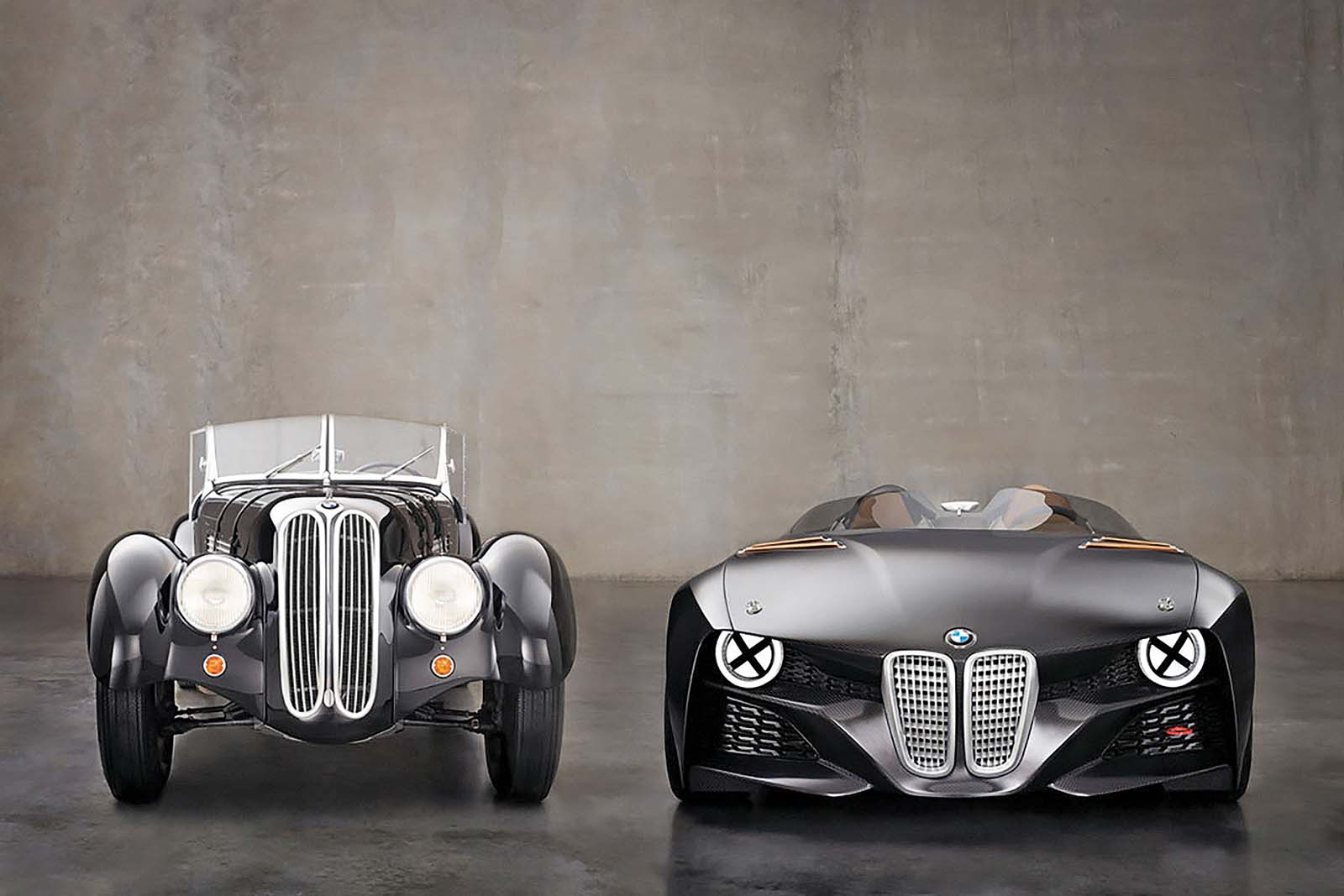From kidney to kink: How to design a BMW
Open gallery 328 (left) and 328 Hommage share a BMW design ethos Badge placement is a contentious topic - note the roundel on this early X2 sketch Colour is also important orange was introduced as a BMW colour on the E25 Turbo The swage line forged in the 1970s endures today Flame surfacing on the E60 5 Series sees the car's skin sucked in around the frame Close News by John Evans 6 mins read 20 April 2024 Follow @JohnEvans510 What I like about BMW is that there’s often a story and even a bit of romance about even the smallest detail,” says Steve Saxty, automotive design engineer turned author. “It’s far from being the typically cold German company people might imagine it to be.” Through a selection of design details associated with the brand, Saxty hopes to persuade me of that. However, before he runs through his favourite, heart-warming BMW stories, gleaned from research at the company for his latest tome, he wants to talk about PSD, short for proportion, surfacing and detailing. Related articles “There’s a misconception about car design that you pop on a signature detail and you have a brand,” he says. “To begin with, there are the car’s proportions to consider. They’re determined by many things, not least the type of vehicle it is but also by factors such as national culture. "Italian cars, for example, tend to have a more arrow-shaped front than the square-jawed stance of German brands.” Surfacing, argues Saxty, is when a car begins to acquire individual brand character and distinctiveness. “BMW has had really innovative approaches to this. There’s the much-discussed ‘Flame’ surfacing of the Z4 but also the equally interesting Zeppelin-influenced surfacing as seen on the ‘E60’ 5 Series, where the skin is sucked in around the frame. Tragically, the young Italian designer responsible for the idea died of leukaemia shortly after and the E60 was almost a homage to his vision.” And so to the details. Saxty points out that while many may think BMW has a ‘toolkit’ of them, it uses its design signatures sparingly, adopting and adapting them when necessary: “If its grilles never evolved, the cars would always have the same nostrils. It’s one of the things that makes BMW stylistically avant-garde.” Here, we look at eight familiar and less well-known BMW design details that Saxty rates as especially fascinating. Back to top Kidney grille “People talk about BMW’s huge grilles today but they were equally massive, vertical things on its cars of the early 1930s. “They can be vertical or horizontal but their relationship to the headlights is key in determining their overall style as much as their size. “The detail features within and around the grilles and lights also determine character. “However, they have led to the number of parts in a grille assembly totalling as many as 250, which is one reason BMW is moving to simpler, digital-light grilles – another being their distinctive signature at night.” Sicke line “Sitting below the belt line, where the doors meet the windows, and running from the tops of the front lights to the rear lights, the Sicke line (it means ‘swage line’ in German) is a crease in the metal that adds strength, especially to a curved surface. “It first appeared in the mid-1950s, when it added a precision look to the taut body surfacing that typified BMWs at the time. “During the 1970s, design boss Paul Bracq and his successor, Claus Luthe, cemented the Sicke line as a unifying BMW design feature. “All core BMW products had the Sicke line through the 1980s and 1990s. It wasn’t until the 2000s that BMW started to play around with it, as well as introducing more cars without it.” Hofmeister kink “The upturned flick on the rear pillars of some BMWs, probably the company’s best-known detail, was named after BMW’s design manager at the time. “It made its debut in the early 1960s on the 3200 CS coupé and Neue Klasse four-door saloon. However, BMW does not obsess about it. For example, the current 4 Series coupé doesn’t feature the Hofmeister kink. Back to top “As Adrian van Hooydonk, BMW’s design chief, once said to me: ‘BMW is happy to rekindle the past but does not worship the flames.’” BMW roundel “For BMW people, the badge and its deployment can be a conversation that lasts for hours. “It’s always applied to the centre of the bonnet but, on three models – the original CSL, last year’s limited-run 3.0 CSL and the X2, just out of production – to the rear pillar as well. “Designers are always trying to put the roundels on and they’re always being told to take them off, the argument being that one should be able to recognise a BMW without badges. “One designer got very close to putting one on his concept car last year but, very late in the day, was told: ‘No!’” L-shaped rear lights “This classic device emerged in t

This is another headline indexed and brought to you by the AUTOMUNDO website.
